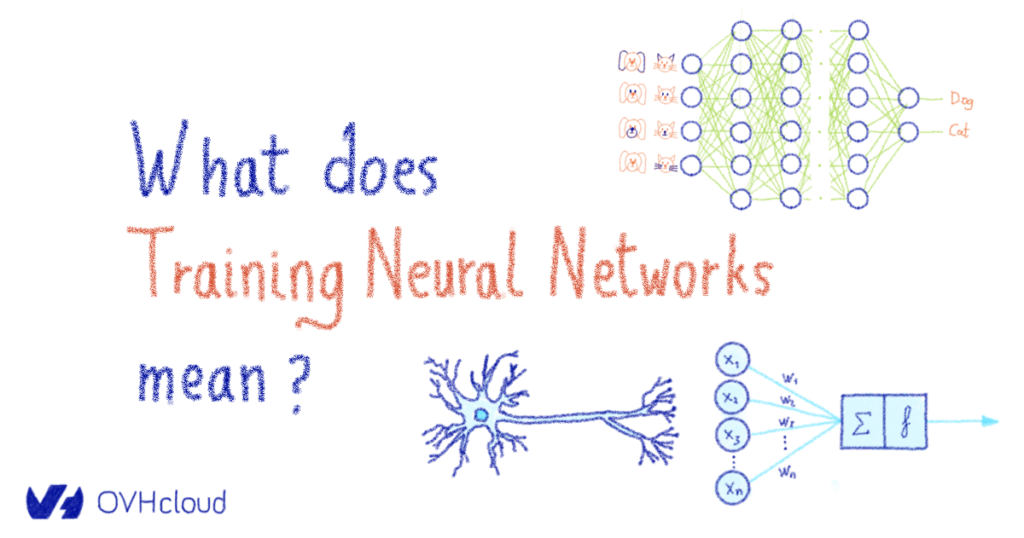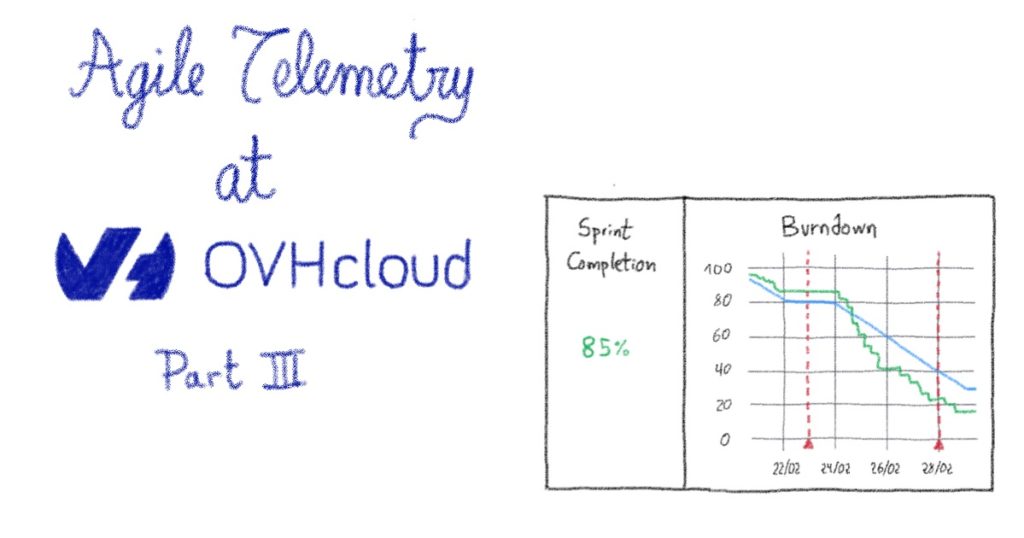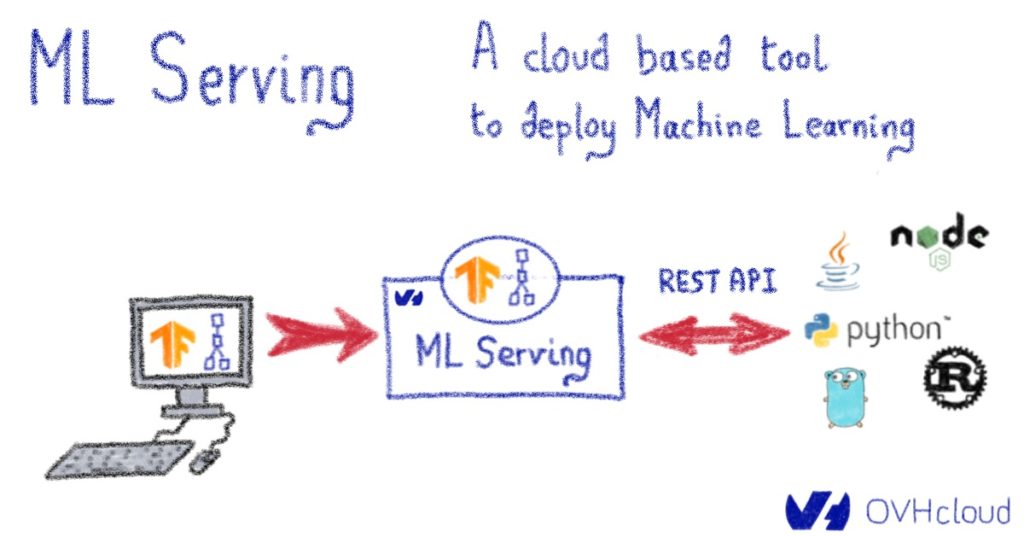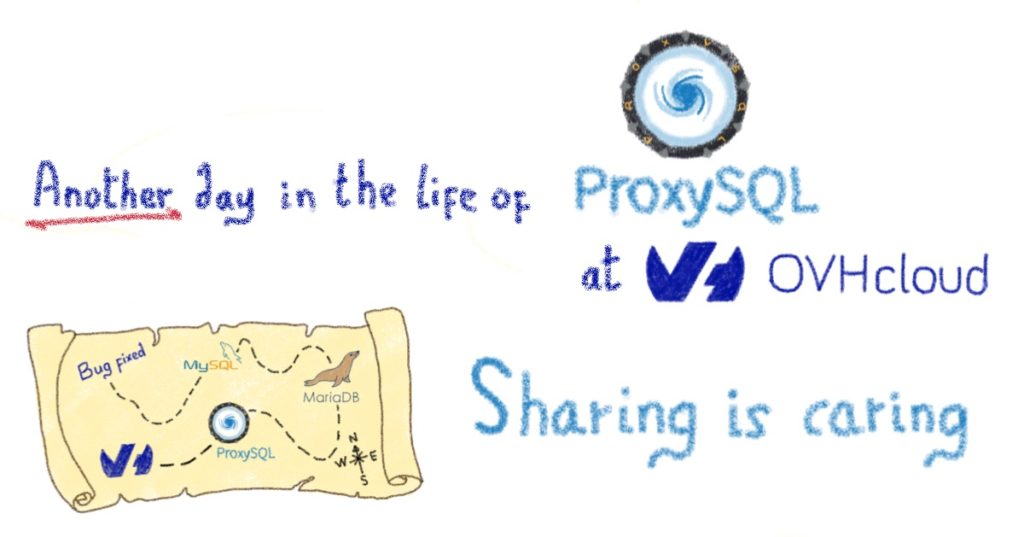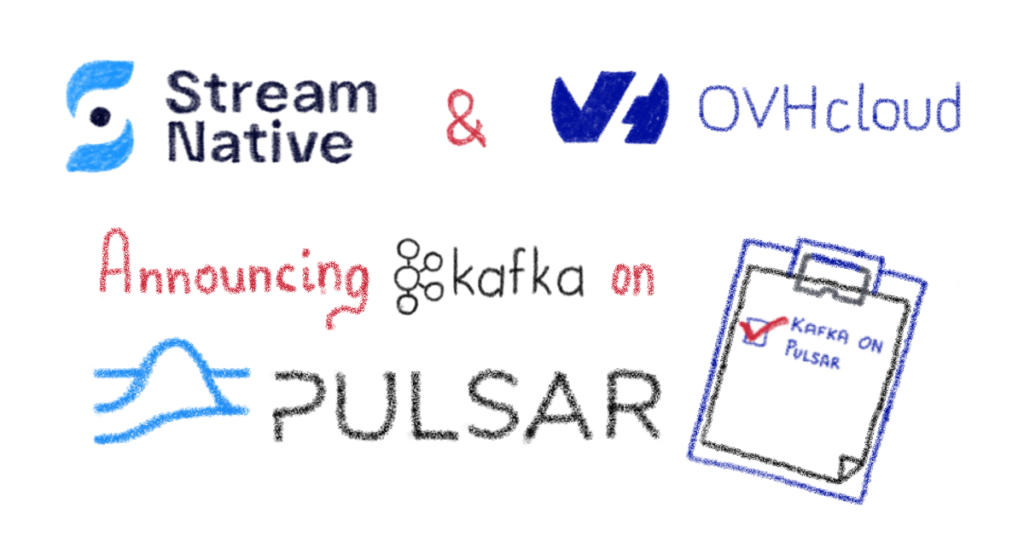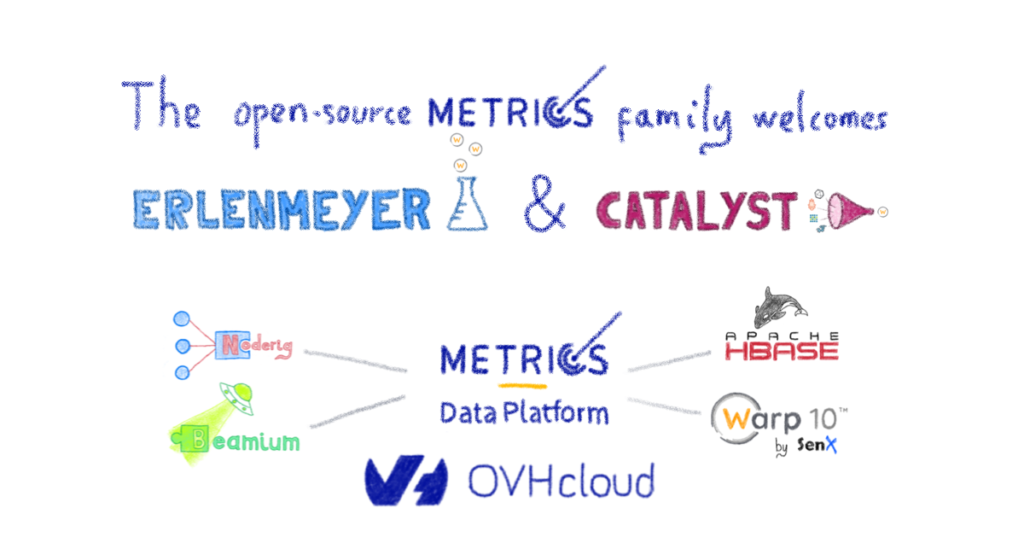What does Training Neural Networks mean?
In a previous blog post we discussed general concepts surrounding Deep Learning. In this blog post, we will go deeper into the basic concepts of training a (deep) Neural Network. Where does “Neural” comes from ? As you should know, a biological neuron is composed of multiple dendrites, a nucleus and a axon (if only […]
What does Training Neural Networks mean? Read More »

